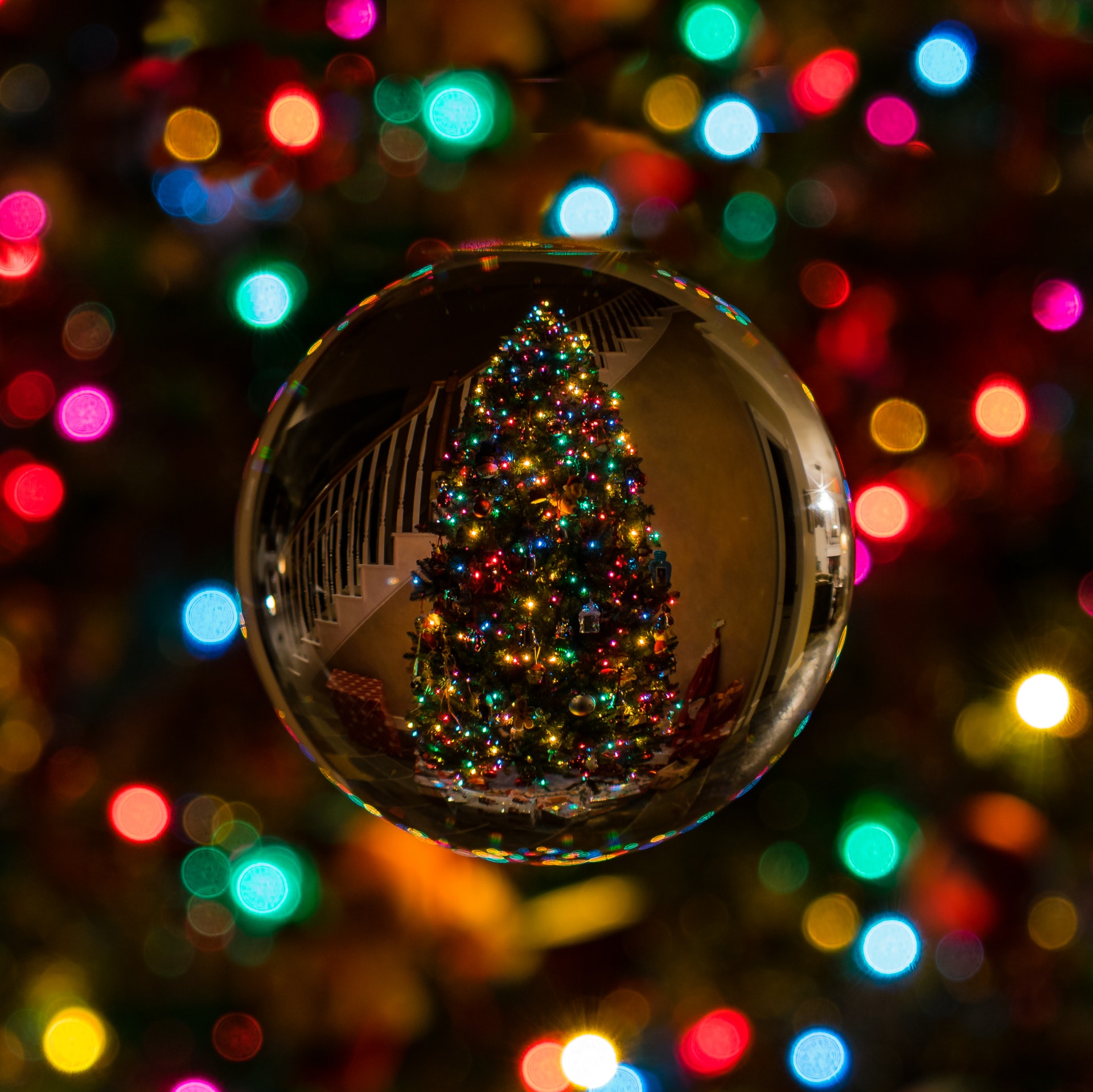Christmas is almost here… and with it comes those symbols and traditions we’ve grown to love.
For example, leaving the mince pies, brandy and carrots for Santa & the reindeers before you go to bed on Christmas eve.
Or that long-held family tradition of seeing the local pantomime each year. And tucking into minced pies, a joy that many of us fully embrace throughout the whole of December!
But where do these traditions and symbols come from?
Advent calendars
Before the big day arrives comes the countdown, and many children mark it daily with their very own advent calendar. Produced by Gerhard Lang way back in the early 1900s, the very first printed advent calendar was inspired by one that Gerhard’s mother had made for him and featured 24 colored pictures that attached to a piece of cardboard. These days the content of calendars are almost endless – from chocolate to beauty products, alcoholic tipples to toys.
Stars and candles
These are in abundance over Christmas, and they are firmly part of the religious meaning behind the celebration. Both stars and candles symbolise the star of Bethlehem which lead the wise men and the shepherds to the baby Jesus. Candles were used to decorate Christmas trees before there were electric Christmas lights.
Christmas cards
Records show that the very first Christmas card was sent in 1611 by Michael Maier to James I of England and his son Henry Frederick, Prince of Wales, but this wasn’t a widely practiced exercise. Sir Henry Cole then commissioned the first commercial card in 1843, which became the onset of the tradition we know today. Henry was a senior civil servant who helped set-up the new ‘Public Record Office’ (the modern day post office) and he wondered how he could get more of the public using the postal service. He commissioned the Christmas card for exactly this purpose. Illustrated by John Callcott, the cards showed a scene of a family raising a toast to the person receiving the card, with scenes of charity, with food and clothing being given to the poor on either side. 2,050 cards were printed and sold for a shilling each.
Christmas bells
These also have a direct link to the religious aspect of Christmas, and church bells in particular. The churches of both the predominant Christian religions in the UK – Anglican and Catholic – would have bells that would ring to announce the start of the church service. Many churches run a Christmas service at midnight, a custom that dates back to the early days of Christianity, said to be because Jesus was born at midnight. In some churches there’s a tradition where the largest bell in the church is rung four times in the hour before midnight, and then at midnight all the bells are rung together in celebration.
It was very fashionable to go carol singing with small hand bells to accompany carol singers in Victorian times – sometimes there would be no singing at all, just the jingling of bells!
Mistletoe
Mistletoe has long been associated with romance. Since the Middle Ages when it was believed to be an aphrodisiac and promote fertility. In fact the tiny mark on the mistletoe berry looks like an “x”, the symbol of a kiss. Hanging mistletoe in the house as part of Christmas celebrations became more common in British households in the 18th or 19th centuries. According to the tradition, it’s bad luck to refuse a kiss beneath the mistletoe.
Christmas trees
Whether you’re a fan of a real tree, or have embraced the world of artificial trees, one thing’s for certain: a Christmas tree in the house at Christmas is a must! Indoor trees began appearing in Germany around Christmas time over 500 years ago, but it was only in the mid 1800s that the tradition was established in the UK – largely thanks to Queen Victoria. She apparently loved the tradition! A newspaper report in 1848 mentioned her tree in Windsor Castle, which then slowly saw the practice beginning to be adopted by the upper classes. By the early 1900s, most Christian homes in both Britain and America would have a Christmas tree decorated with a string of lights, baubles and tinsel.
Mince pies
These are a real UK phenomenon that traces its origins back to the 13th century. Crusading knights came back from the Middle East to our shores laden with exciting new ingredients from far flung places. These included cloves, cinnamon and nutmeg. These ingredients were then added to dried fruit, suet, and minced meat to create the little pies of loveliness that were a real Christmas treat! After a brief period in the 1600s when all things deemed unholy (which included Christmas and mince pies) were banned, they made a comeback – albeit in a slightly different form. The mince pies we know today that are in a more bitesize form & taste much sweeter have been around since the 1800s.
It’s said you should make a wish when you bite into the first mince pie of the festive season… that’s one to remember for next year!

